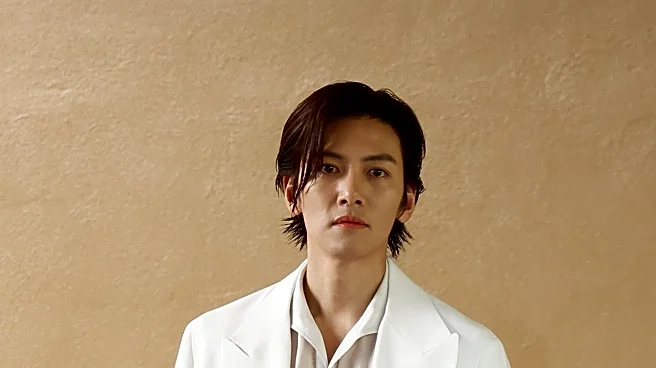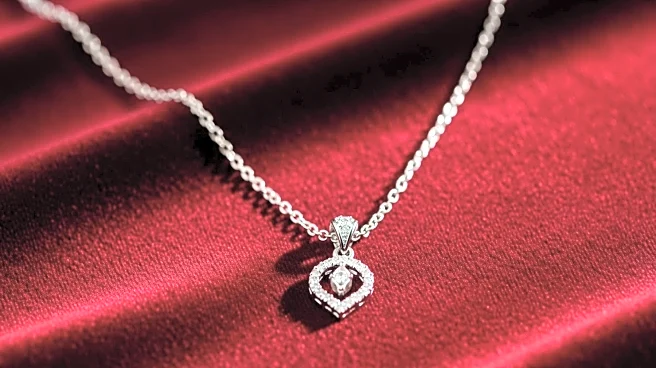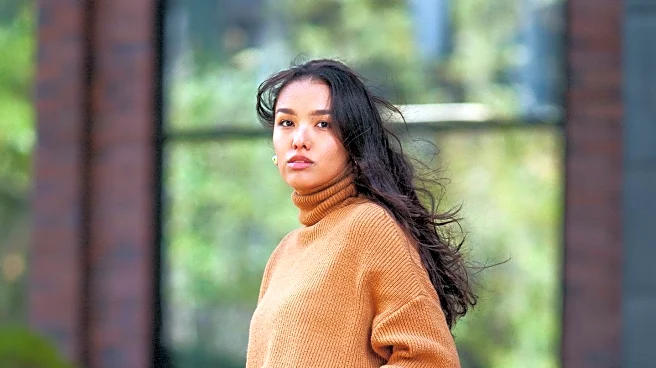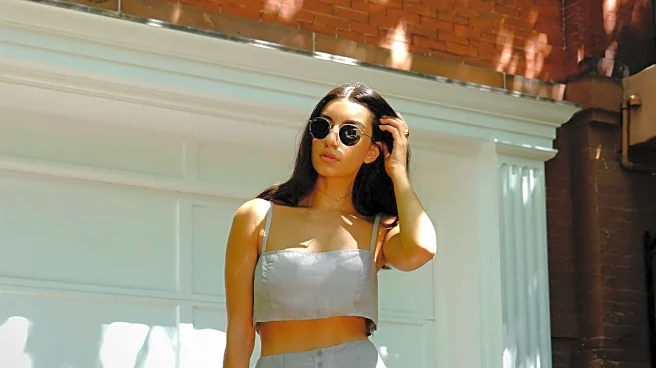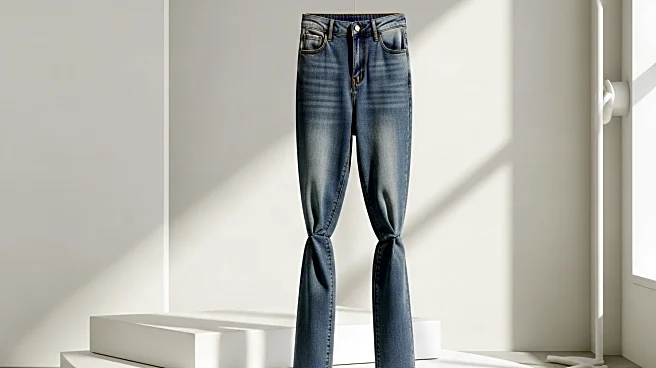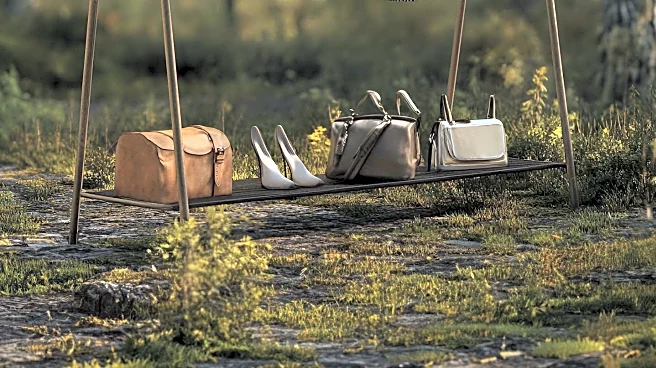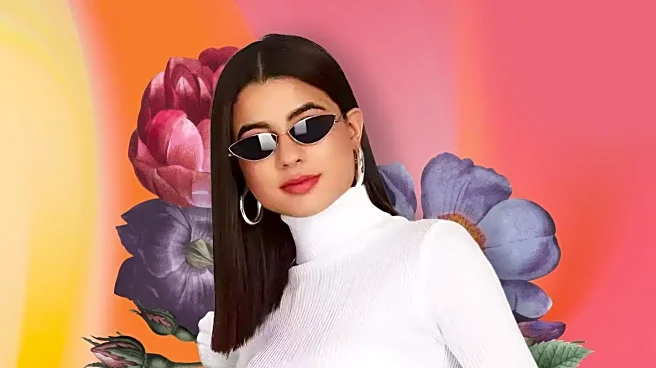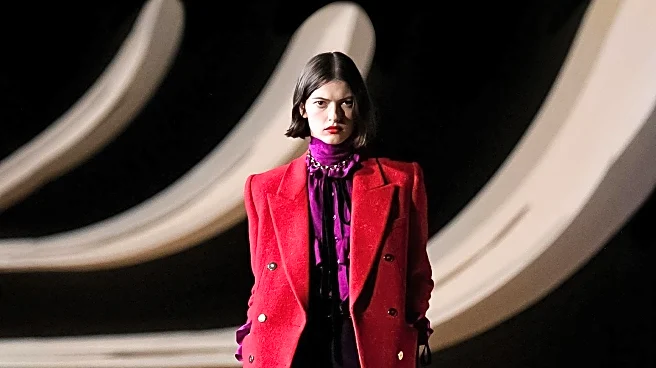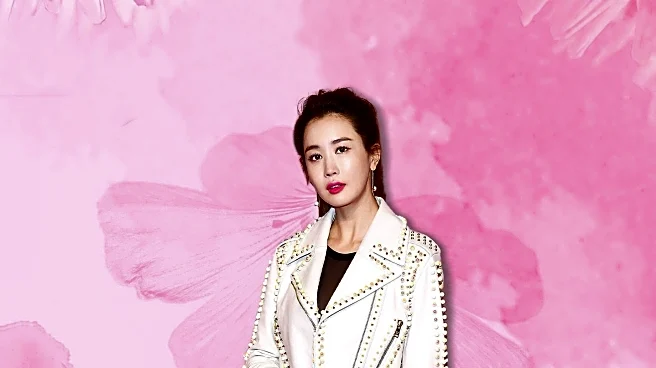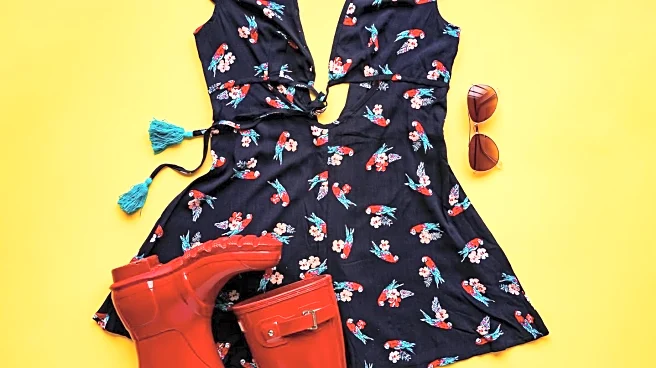What is the story about?
What's Happening?
The fashion industry is witnessing a shift in autumn trends, with a focus on wearing white, as highlighted by Jess Cartner-Morley. Traditionally, autumn fashion embraces the rich, warm colors of the season, but this year, white is being celebrated for its clean and calming aesthetic. The White Company, known for its home goods, has expanded its clothing line under the direction of Sheila McKain, offering knitwear, coats, and separates in various shades of white. This approach challenges the conventional autumn palette, suggesting that white can be both sophisticated and versatile when styled correctly.
Why It's Important?
This trend towards white in autumn fashion signifies a broader movement towards simplicity and minimalism in design. By embracing white, the fashion industry is promoting a clean and sophisticated look that contrasts with the traditional autumn colors. This shift could influence consumer behavior, encouraging individuals to explore new ways of expressing style through color. The emphasis on different shades of white also highlights the industry's focus on versatility and innovation, potentially impacting how fashion brands approach seasonal collections and consumer engagement.
What's Next?
As the trend of wearing white in autumn gains traction, fashion brands may continue to explore and expand their offerings in this color palette. This could lead to a broader acceptance of non-traditional colors in seasonal fashion, influencing future collections. Additionally, consumers might begin to experiment more with their wardrobe choices, seeking out pieces that offer both style and comfort. The success of this trend could also inspire other industries, such as interior design, to adopt similar minimalist and clean aesthetics.
Beyond the Headlines
The adoption of white in autumn fashion could have deeper cultural implications, reflecting a societal shift towards minimalism and sustainability. By choosing versatile and timeless pieces, consumers may be encouraged to invest in quality over quantity, aligning with sustainable fashion practices. This trend also challenges traditional fashion norms, promoting individuality and personal expression through unconventional color choices.
AI Generated Content
Do you find this article useful?


